Photos: Ancient Treasures Discovered in Cyprus Tomb Complex
Archaeologists in northern Cyprus have discovered a tomb complex constructed sometime between 400 B.C. and 350 B.C. Discovered near the ancient city of Soloi, the underground complex contains three burial chambers (two of which had never been looted). The people in the complex were buried with jewelry, figurines and a set of 16 vessels used to serve people attending a "symposium," an event where men drank, talked and enjoyed entertainment. Conservation and restoration of the artifacts is ongoing.
Golden ivy
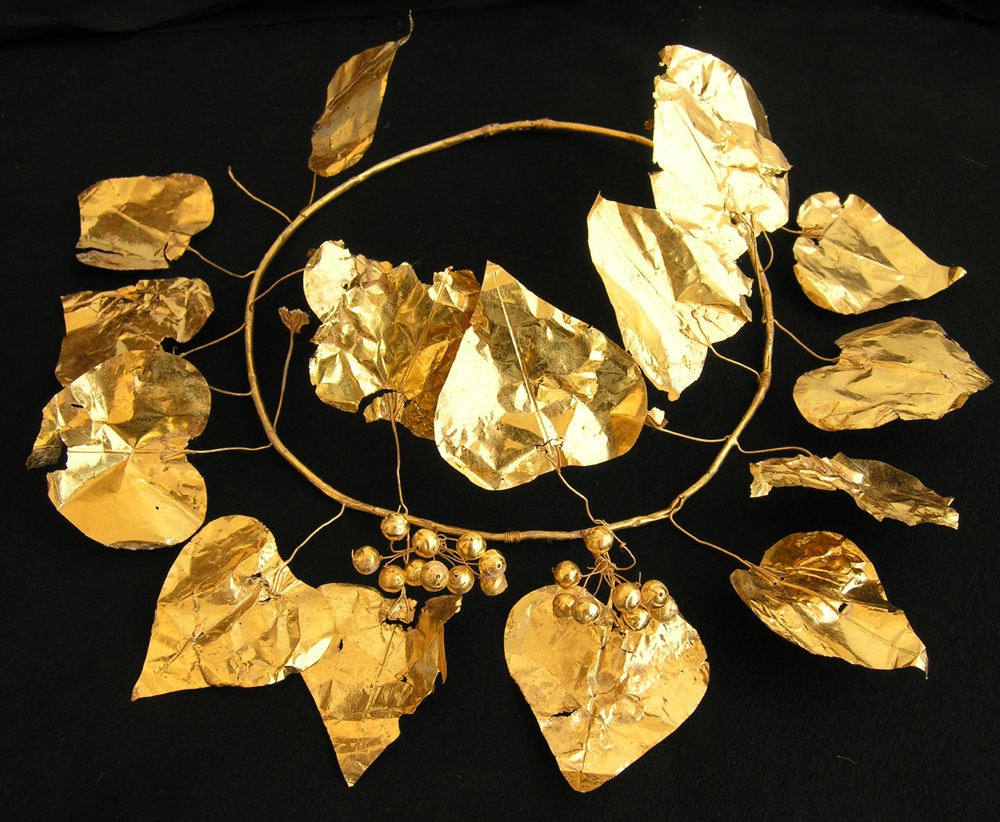
Here, a gold wreath in the shape of an ivy plant. The thin gold leaves and berries are remarkably well preserved despite the passage of over two millennia of time. Archaeologist Hazar Kaba, who studied the tomb complex as part of his doctoral dissertation at Ankara University, notes that the wreath is similar to those found in graves of Macedonian aristocrats. (Photo by Kadir Kaba)
Love goddess
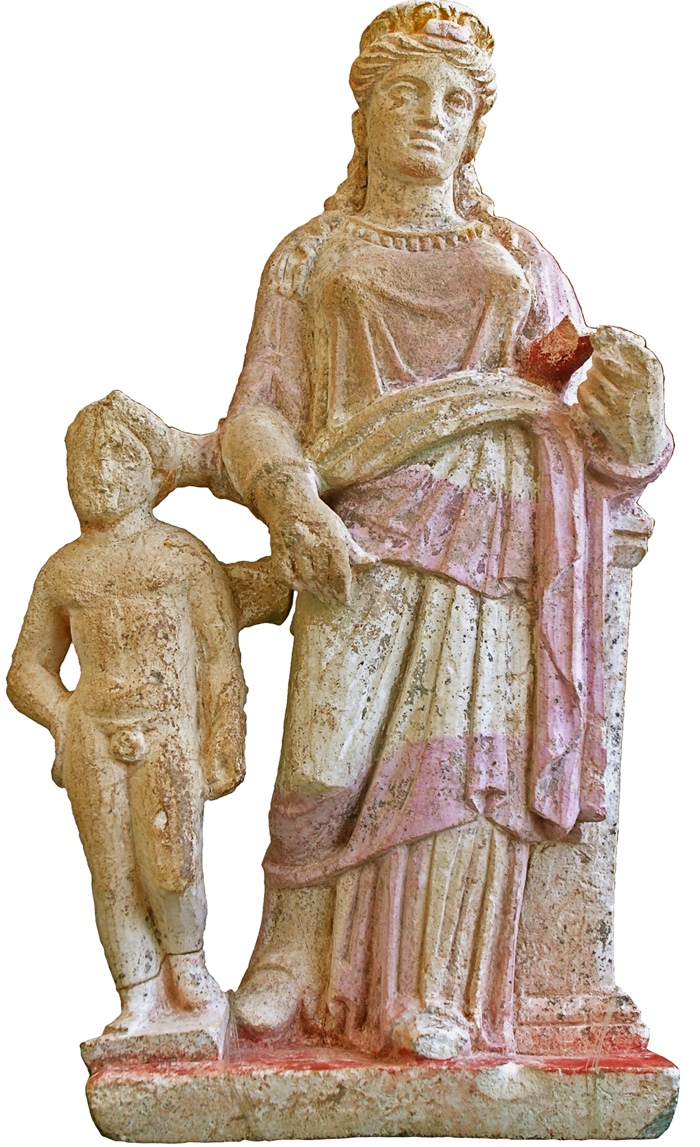
This figurine shows Aphrodite, the Greek goddess of love and beauty, along with her son Eros. The figurine still has some of its color. Kaba said that its design suggests it was produced by local Cypriot artists who were educated or influenced by Athenian sculptors. (Photo by Kadir Kaba)
Symposium vessels
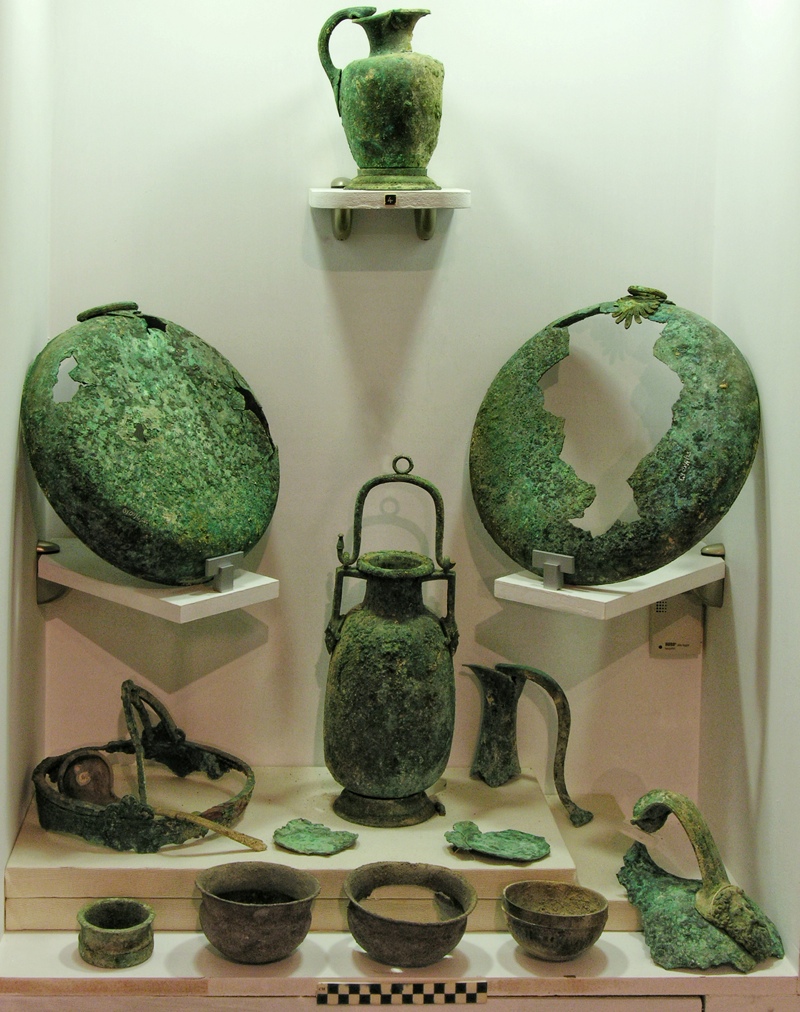
These 16 metal vessels are made of bronze, silver and gold-silver, Kaba said. They would have been used to serve people attending a "symposium," an event were men drank, talked and enjoyed entertainment. Many of the vessels were imported from Athens. (Photo by Kadir Kaba)
Sign up for the Live Science daily newsletter now
Get the world’s most fascinating discoveries delivered straight to your inbox.
Vessel
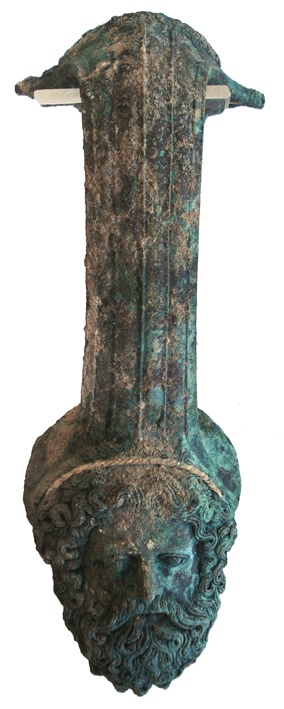
The remains of one of the metal vessels is seen here. It has an image of a bearded male. (Photo by Kadir Kaba)
Bearded guy
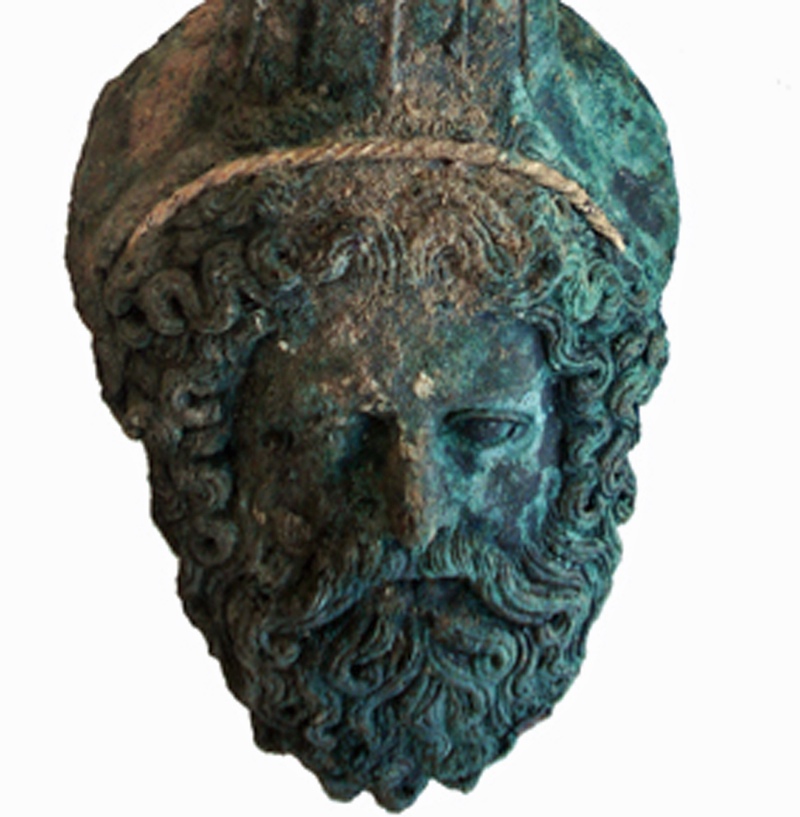
A close-up of the bearded male is seen here. Hazar Kaba notes that its design is similar to others found in Athens during this time period. (Photo by Kadir Kaba)
Soloi
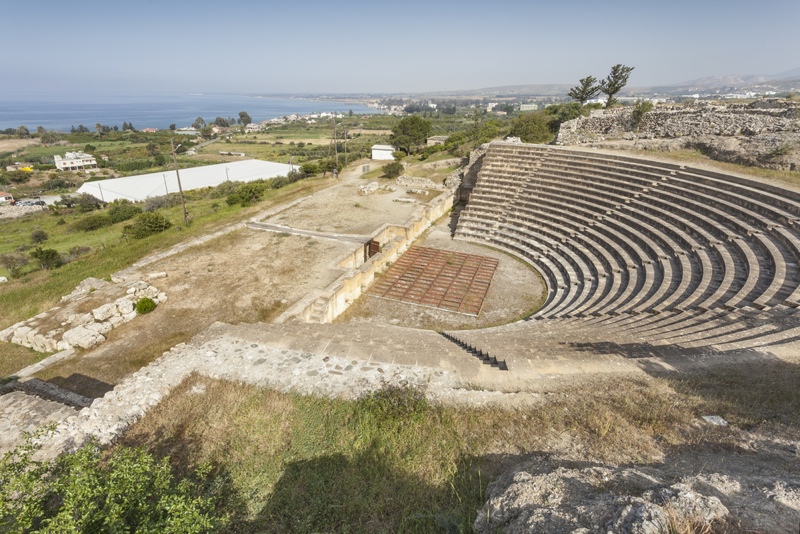

Owen Jarus is a regular contributor to Live Science who writes about archaeology and humans' past. He has also written for The Independent (UK), The Canadian Press (CP) and The Associated Press (AP), among others. Owen has a bachelor of arts degree from the University of Toronto and a journalism degree from Ryerson University.
Why is yawning contagious?
Scientific consensus shows race is a human invention, not biological reality









